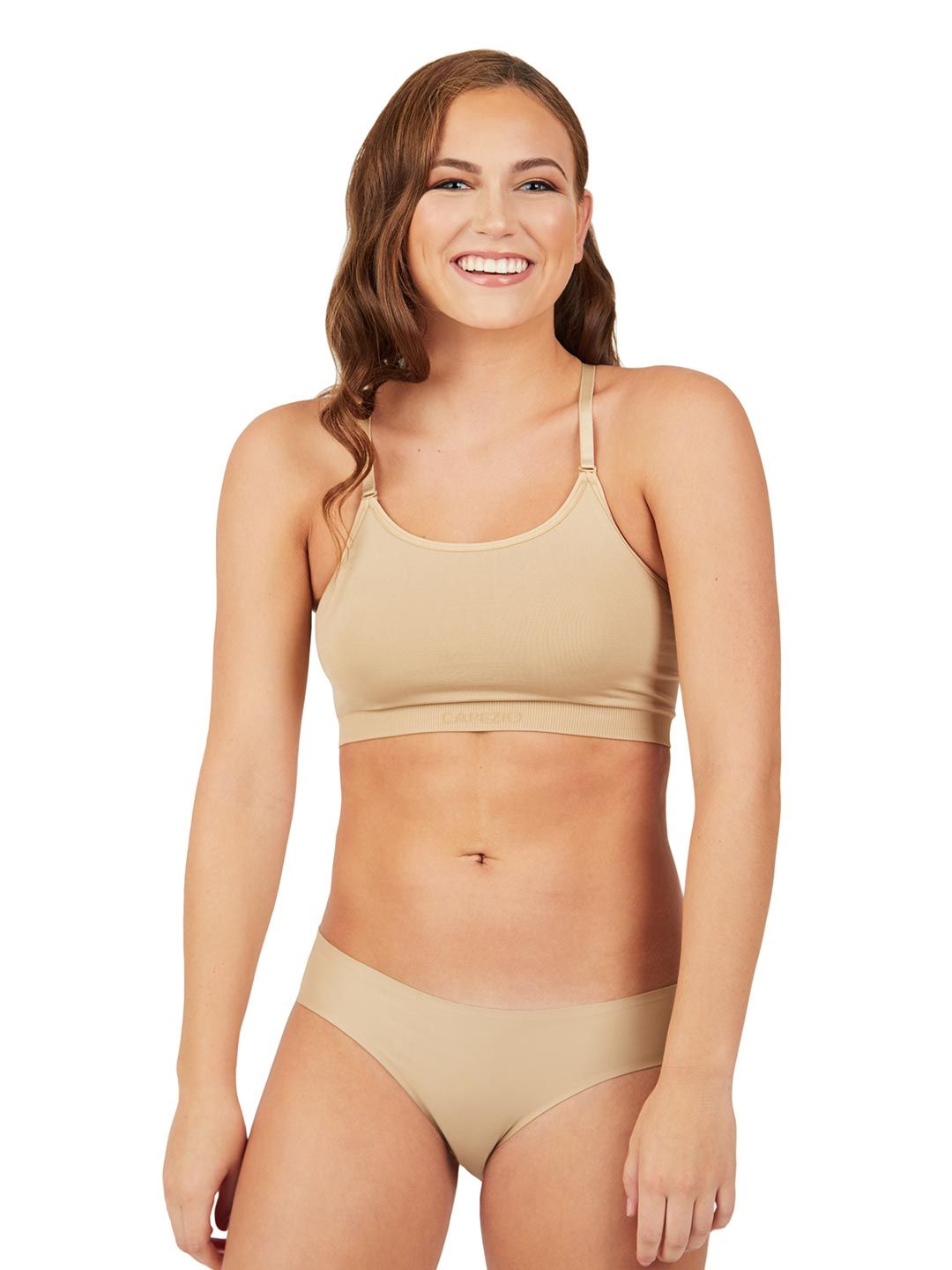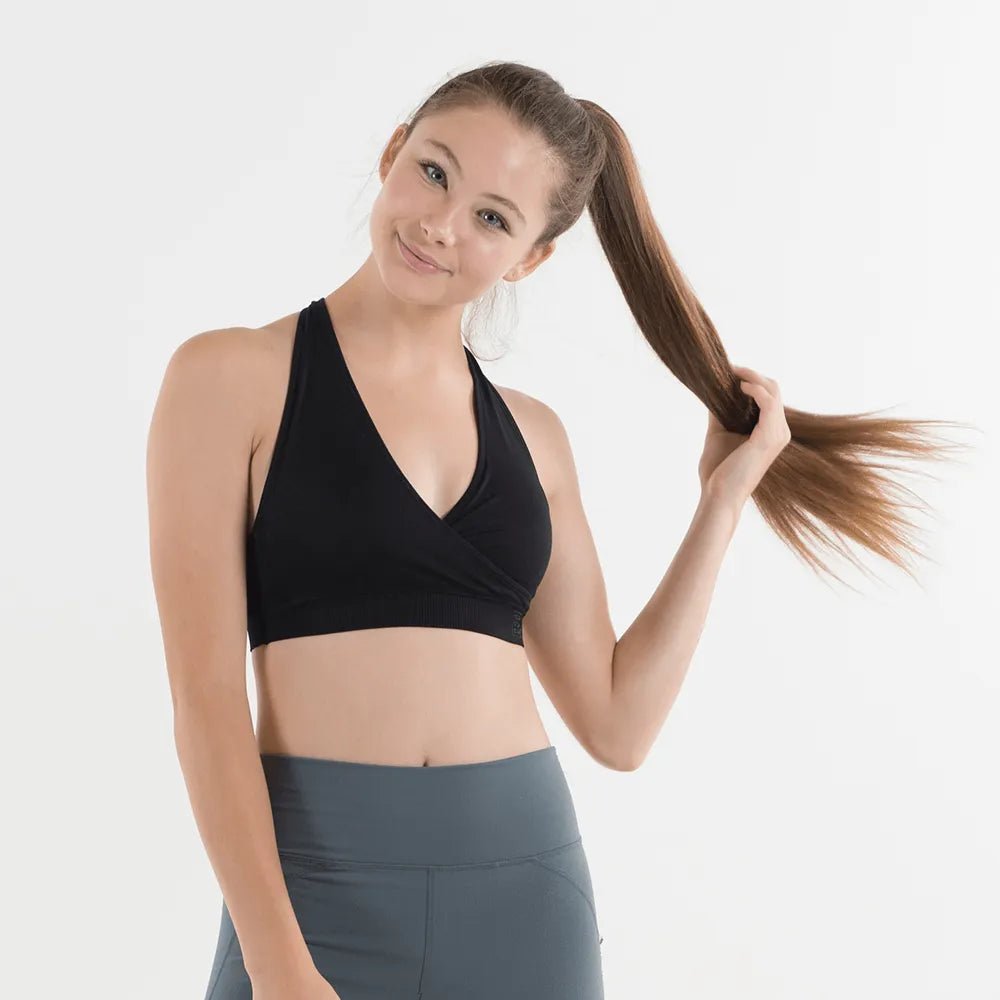Essential Guide to Choosing the Right First Bra for Tweens
Embarking on the journey of selecting a first bra is a pivotal moment in a tween’s life, marking the transition from childhood to adolescence. This guide aims to empower parents and tweens with objective, science-backed insights to navigate this milestone confidently. We’ll delve into the nuances of bras for tweens, emphasizing comfort, support, and self-esteem, while drawing from reputable sources to ensure accuracy. By the end, you’ll have a clear roadmap to make informed choices, blending professional knowledge with practical affordability.
Understanding the Need for Bras for Tweens
The onset of puberty brings physical changes that often necessitate the introduction of a first bra. According to the American Academy of Pediatrics, breast development typically begins between ages 8 and 13, varying widely among individuals. This phase, known as thelarche, involves budding breast tissue that may cause tenderness or sensitivity, making gentle support essential. Bras for tweens are designed not just for modesty but to provide a layer of comfort during growth spurts. As Dr. Laura Markham, a clinical psychologist cited on Quora, notes, “Supporting a tween’s body changes with empathy can bolster their confidence and body image.” From a scientific perspective, Wikipedia explains that bras can help distribute weight evenly, reducing strain on developing tissues. In many cultures, this step symbolizes a rite of passage; for instance, in Japan, it’s often celebrated with family rituals. By addressing this need early, we normalize the process, ensuring tweens feel secure rather than self-conscious. Moreover, brands like BraBar and Capezio have pioneered designs that cater specifically to this age group, focusing on soft fabrics and minimal structure to avoid irritation. It’s crucial to recognize that every tween’s journey is unique—some may need bras earlier due to sports or personal preference, while others might wait longer. The key is open communication, allowing the tween to express their comfort level without pressure.

Key Features to Look for in a First Bra
When selecting a first bra, prioritize features that align with a tween’s developing body. Soft, breathable fabrics like cotton or modal are ideal, as they minimize skin irritation and allow airflow, reducing the risk of rashes or discomfort. As highlighted by Harvard Health Publishing, natural fibers are less likely to cause allergic reactions, making them a safer choice for sensitive skin. The fit should be snug but not tight, with adjustable straps and bands to accommodate growth. For instance, seamless designs, such as those from Capezio, eliminate underwires that can dig into tender tissue, while still offering light support. Padded options, like the Adira Girls Padded Sports Bra, provide subtle coverage for nipple protection without adding bulk—a common concern among tweens who fear standing out. In terms of style, racerback bras are excellent for active tweens, as they stay in place during movement, a point echoed by fitness experts on YouTube channels like “Tween Fitness Tips.” Additionally, consider bras with front closures if the tween struggles with back fastenings, fostering independence. It’s also wise to look for machine-washable materials to ensure easy care, as noted in parent reviews on Baidu Baike. Brands often incorporate fun patterns or colors to make the experience positive; for example, Dance Footlights offers convertible longline bras that can be styled in multiple ways. Remember, the goal is to find a bra that feels like a second skin, empowering the tween to embrace their changing body with pride.

How to Measure for the Perfect Fit
Accurate measurement is the cornerstone of finding a well-fitting bra, and it’s a skill that benefits tweens for life. Start by using a soft tape measure to determine the band size under the bust, ensuring it’s level and snug but not constricting. Then, measure the fullest part of the bust to calculate cup size, though for bras for tweens, cup sizes often start at AA or A to accommodate initial growth. According to resources from the University of Michigan’s health department, improper fit can lead to issues like back pain or poor posture, so it’s worth taking time to get it right. Many online tools, such as those from BraBar, offer virtual fitting guides that simplify the process. Involving the tween in this step can turn it into an educational moment; as celebrity stylist Rachel Zoe mentioned on Twitter, “Teaching kids about fit early builds body literacy and confidence.” If in doubt, opt for bras with stretchy materials or adjustable features, like the ones from GoSupps, which allow for fluctuations during growth spurts. It’s also helpful to try on multiple sizes, as brands vary—what fits in one might not in another. For parents, this process demystifies bra shopping, making it a collaborative effort rather than a chore. Remember, a perfect fit means the band sits parallel to the ground without riding up, and the cups encase the breast tissue without gaps or spillage. This attention to detail ensures that the bra supports without restricting, promoting healthy development.

Addressing Common Concerns and Myths
Many myths surround bras for tweens, and dispelling them is vital for making informed decisions. One prevalent belief is that bras inhibit breast growth, but scientific literature from institutions like Stanford University confirms that no evidence supports this; bras simply provide external support without affecting internal development. Another concern is that wearing a bra too early causes discomfort, yet as Quora discussions among pediatricians highlight, the right bra can alleviate tenderness by reducing movement. Some parents worry about sexualization, but framing bras as a practical item for comfort—similar to socks or shoes—helps maintain a neutral perspective. In popular culture, movies like “Are You There God? It’s Me, Margaret” portray this topic with sensitivity, showing that it’s a normal part of growing up. Additionally, cost shouldn’t be a barrier; many retailers offer discounts on bras for tweens, such as seasonal sales on JioMart or Amazon, making quality options accessible. It’s also a myth that only certain body types need bras; even tweens with minimal development may benefit from the confidence a training bra provides. By addressing these concerns head-on, we foster a healthier dialogue, ensuring that tweens feel supported emotionally and physically. As author Judy Blume once wrote, “Open conversations about body changes can transform anxiety into acceptance,” a sentiment that rings true here.
)
Empowering Tweens Through Choice and Confidence
Ultimately, the journey to finding the right bras for tweens is about empowerment, allowing them to take ownership of their bodies in a positive way. Encourage tweens to voice their preferences on style, color, and fit, turning shopping into an act of self-expression. Brands like BraBar and Capezio have championed this approach by creating inclusive lines that celebrate diversity, as seen in their social media campaigns featuring real tweens. From a psychological standpoint, studies cited on Wikipedia show that involving children in decisions about their apparel can enhance self-esteem and autonomy. Moreover, practical tips like shopping during sales or using coupon codes from sites like RetailMeNot can make higher-quality bras affordable, ensuring every family can participate. As we wrap up, remember that this isn’t just about underwear—it’s about laying a foundation for body positivity that lasts a lifetime. By focusing on comfort, science, and open communication, we transform a simple purchase into a milestone of growth and confidence.






